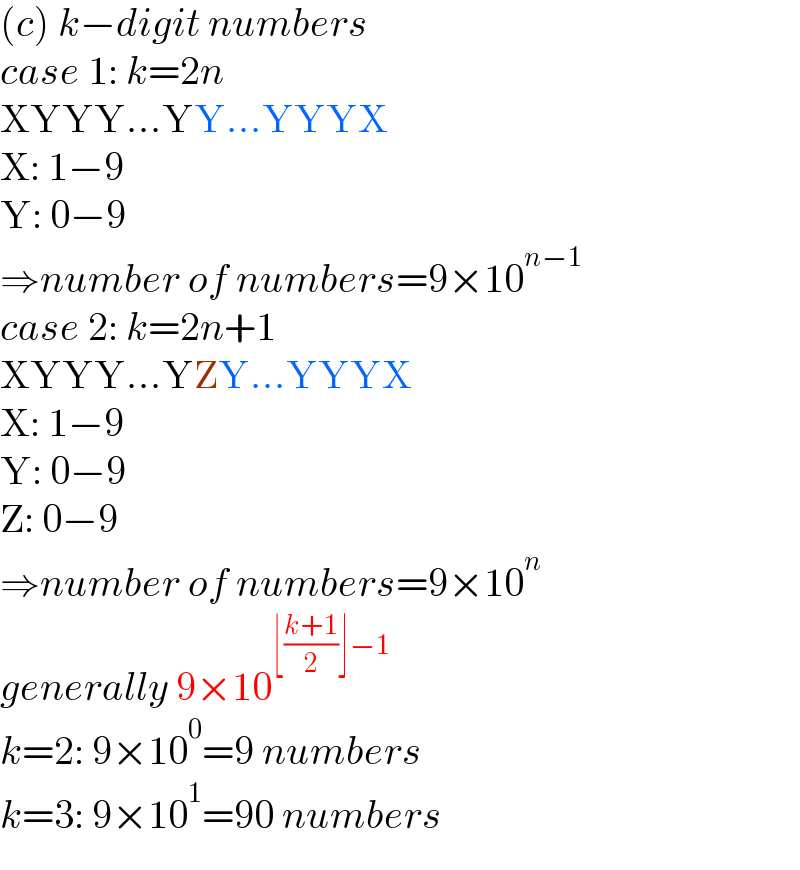
Question and Answers Forum
Question Number 134960 by bobhans last updated on 09/Mar/21

Answered by mr W last updated on 09/Mar/21

Commented byRasheed.Sindhi last updated on 09/Mar/21

Commented bymr W last updated on 09/Mar/21

Commented bymr W last updated on 09/Mar/21

Commented byRasheed.Sindhi last updated on 09/Mar/21

Commented bybobhans last updated on 09/Mar/21

Commented byliberty last updated on 09/Mar/21

Commented bymr W last updated on 10/Mar/21

